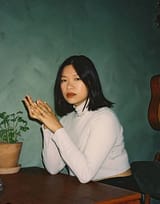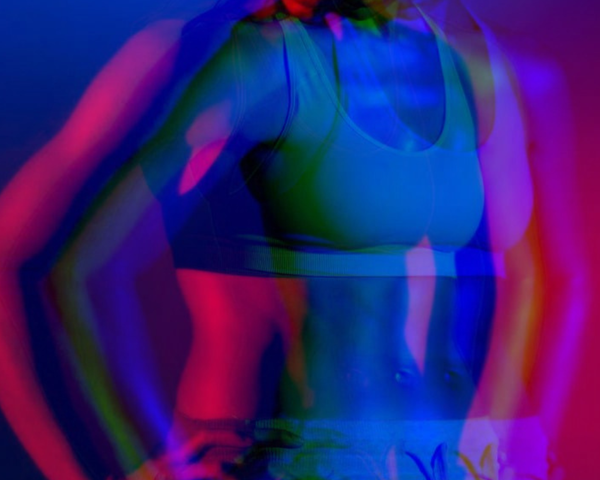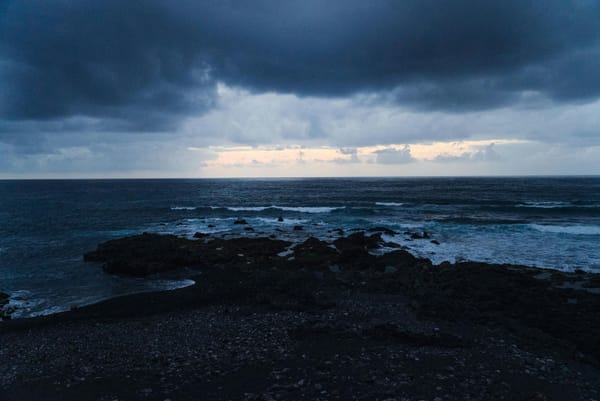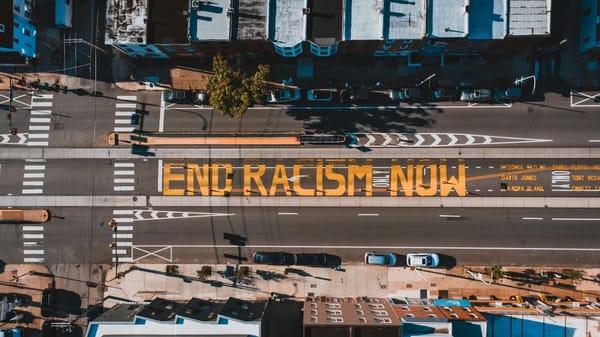Five Artists from Marginalised Communities to Follow in 2021
Here’s a diverse list of the artists making waves in 2021, because this world needs art now more than ever.
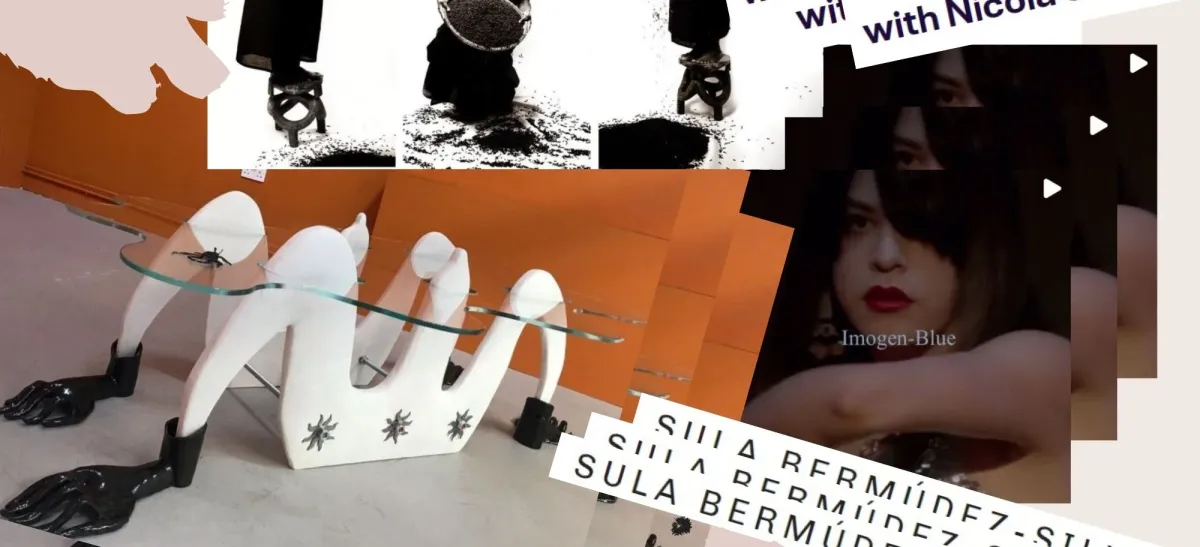
Access the Audio Read version of this article directly on Spotify for Podcasters.
"From inherent issues of neoliberal capitalism laid bare by the pandemic, to the movements addressing the Global North’s systemic racism that has permeated popular discourse, art makers are at the forefront of these developments."
Art galleries and museums around the world may have seen sporadic opening hours and all too many cancellations in the past year, but behind the scenes and away from white gallery interiors, the world of arts has been working hard to adapt. From inherent issues of neoliberal capitalism laid bare by the pandemic, to the movements addressing the Global North’s systemic racism that has permeated popular discourse, art makers are at the forefront of these developments. Of the artists making waves in 2021, both emerging and more established, these five are doing brilliant work to further the urgent conversations in contemporary culture - and shaping a new direction for modern art.
Imogen-Blue Hinojosa
Originally from Texas, Hinojosa’s practice expands to photography, video, and performance, centering on her personal experience as a Latinx Trans woman. In her work, she conflates memory with fiction in order to explore modes of normalising public conversation about trauma in relation to trans identity. One of her recent video works, named Liturgía, unveils a powerful response to the rising death toll of trans women of colour worldwide by leading viewers through newly manufactured mythologies that parallels Catholic martyrdom with the palpable loss felt throughout the trans community. View works on her website at www.imogenblue.com.
Anousha Payne
Many have reconsidered domestic spaces during lockdown months, and others have reclaimed some of their prowess in ongoing conversations about women’s work and domestic labour. Parallel to these discussions, artist Anousha Payne investigates animism of domestic spaces and objects through sculpture and painting, attributing spirit or soul to these otherwise dormant elements. Her art objects become vibrant matter, holding within them the possibility to affect future outcomes. For her 2020 solo exhibition at Indigo Plus Madder, Payne evokes personal experiences, fiction, and Tamil folklore in order to create a narrative for her constructed and found objects. Visit her website at www.anoushapayne.com.
Nicola Singh
How do arts and culture contribute to our collective understanding of racism? This is what UK-based artist Nicola Singh investigates in her art that extends to performance, writing, drawing, and movement. Going beyond the conception of art as an object contained within a white cube, her practice involves workshops, pedagogy, and the expression of lived experience in order to reveal the complexities of racial and migration issues found within contemporary art and arts education. Keep up with her research and practice via www.nicolasingh.co.uk.
Rehema Chachage
Dar es Salaam-born Rehema Chachage takes on the storytelling traditions of her native Tanzania to produce layered artworks in performance, video, photography, sound, and installation, weaving her lived experience with tales about the universal themes of womanhood, identity, and rootedness. Her previous works have critically engaged with what inheritance meant in patriarchal societies, the rituals of womanhood that tie in complicated histories of colonialism and generational wisdom. Having lived with her mother and grandmother, Chachage champions the oral traditions they passed down as a way to navigate the unique burdens of women in male-dominated spaces. See what she's working on www.rehemachachage.co.tz.
Sula Bermúdez-Silverman
Sula Bermúdez-Silverman draws on her personal cultural histories as a woman of Afro-Puerto Rican and Jewish descent to engage with the myriad ways that race, colonialism and capitalism interlace in systems of power. Working in sculpture and installation amongst other media, Bermúdez-Silverman’s creations include colourful embroidered pie charts of genetic data and objects made of sugar, a contested and politically charged substance at the centre of colonialism. Her most recent exhibition at Murmurs Gallery in Los Angeles takes on a multi-layered approach to investigate the horror genre of cinema, the historically racialised figure of the Haitian voodoo zombie, and the dissonance between the narrative horrors of cinematography and the real-life terrors of capitalism’s monstrosities. Follow her work at www.sula.studio.

